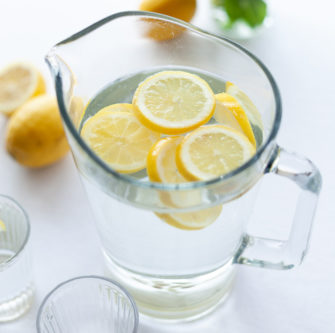What is Nutritional Supplementation? Tablets, powders, capsules, drinks, and energy bars; nutrition supplements come in a variety of forms. These days, nutrition supplements are readily available, and can be found...
All posts by Christine Daley
Coffee, frappuccino’s, juice, Gatorade, vitamin water, the list goes on and on. With all the drink choices that are at our finger tips, it can be difficult to determine what...
Over 590 million people worldwide live with a swallowing disorder called dysphagia2. Dysphagia occurs when an individual experiences difficulty or discomfort when swallowing2. One of the key management techniques for people with...
What is the Spoken Menu? With the current push to improve patient satisfaction in acute care settings, many hospitals are looking to make changes to their patient foodservices. These changes are...




